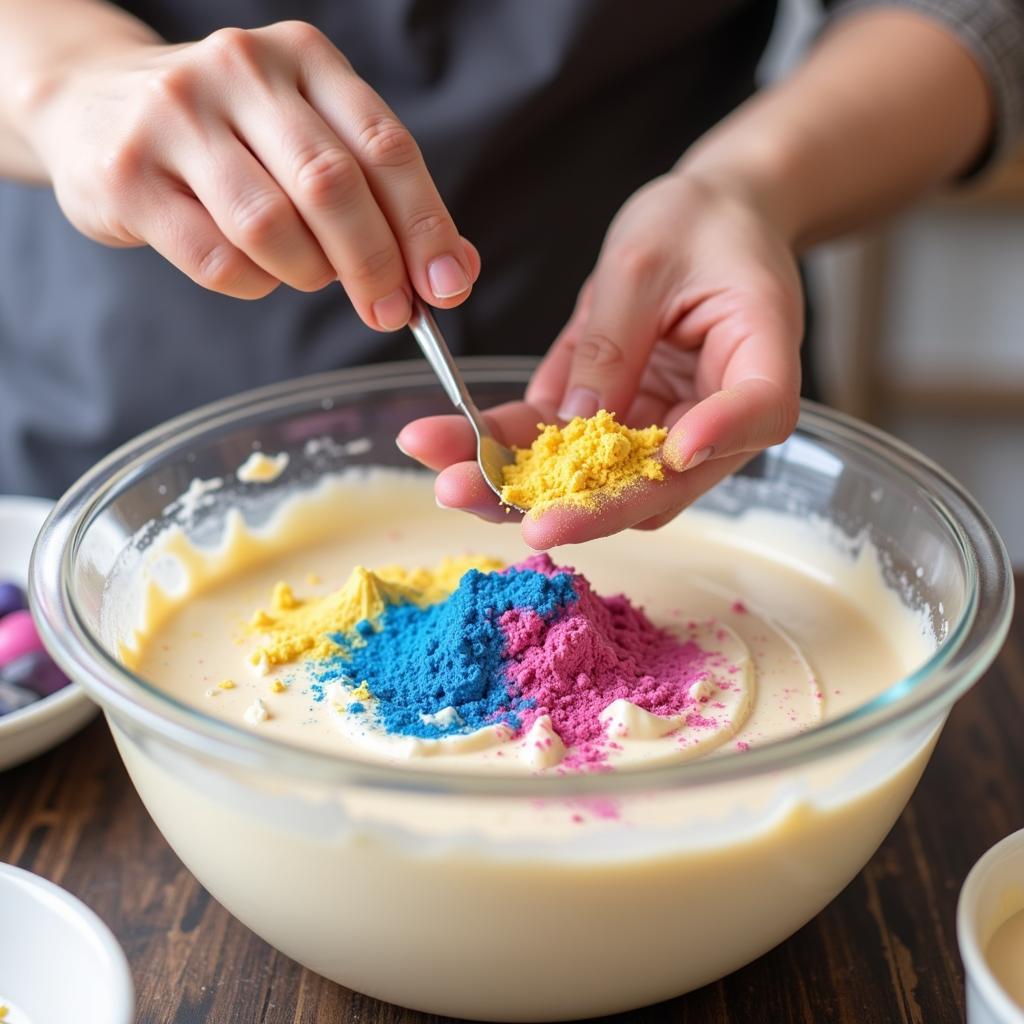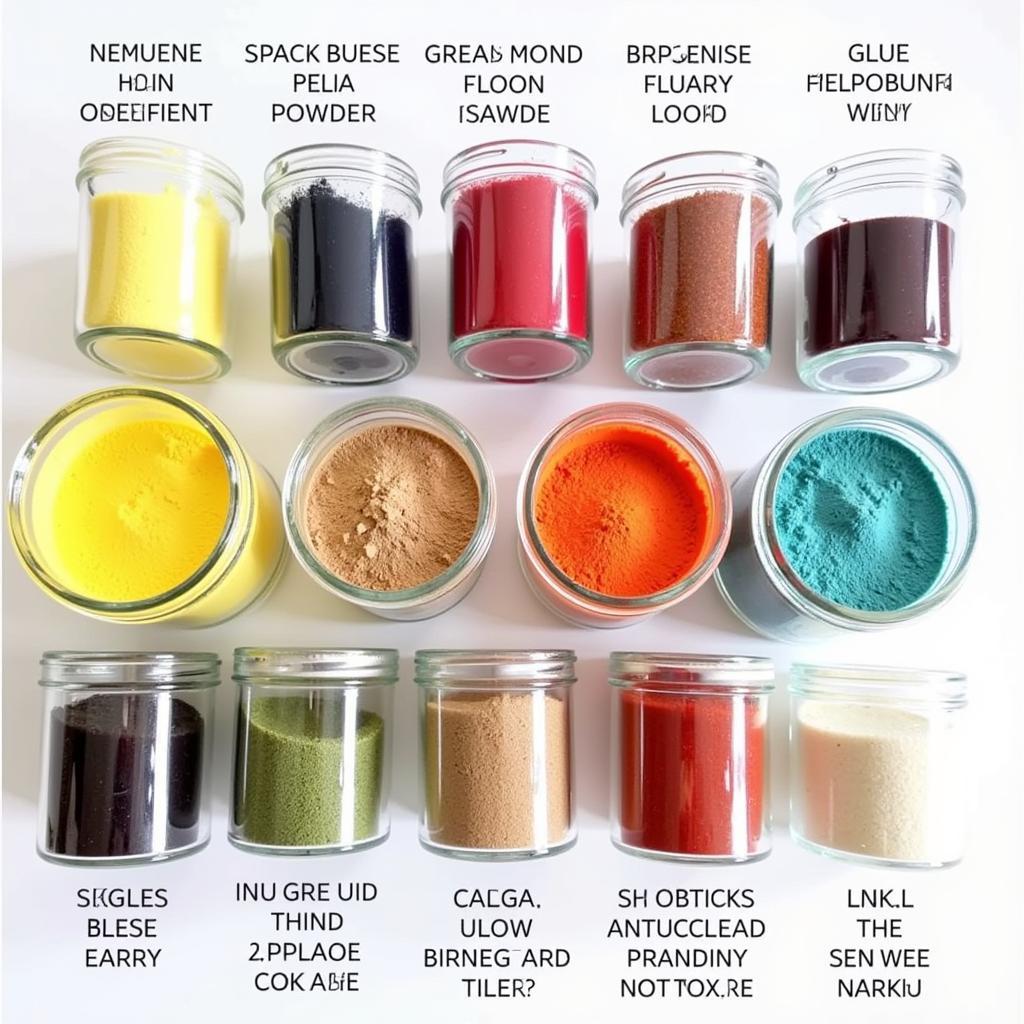Natural Food Colouring Powder has emerged as a popular alternative to synthetic dyes, offering a healthier and more sustainable way to add a burst of colour to your culinary creations. Derived from fruits, vegetables, spices, and other edible sources, these powders provide vibrant hues without compromising your health or the environment.
What is Natural Food Colouring Powder?
Unlike artificial dyes, which are synthesized in laboratories, natural food colouring powder is extracted from natural ingredients. These ingredients undergo a meticulous process of drying, grinding, and blending to create a concentrated powder form that retains the natural pigments responsible for their colour.
Why Choose Natural Food Colouring Powder?
The allure of natural food colouring powder extends beyond its aesthetic appeal. Here’s why it’s a smart choice for health-conscious individuals and environmentally aware consumers:
-
Healthier Option: Free from harmful chemicals, artificial additives, and potential allergens, natural food colouring powder is a safe and wholesome alternative for children and adults with sensitivities.
-
Environmentally Friendly: The production of natural food colouring powder has a lower environmental impact compared to synthetic dyes, which often involve harsh chemicals and generate hazardous waste.
-
Versatility: From vibrant cakes and cookies to colourful smoothies and frostings, natural food colouring powder can be incorporated into a wide range of recipes to elevate their visual appeal.
 Hands mixing batter with natural food colouring powder
Hands mixing batter with natural food colouring powder
Popular Sources of Natural Food Colouring Powder
Nature provides a diverse palette of colours that can be harnessed to create stunning food presentations. Here are some popular sources of natural food colouring powders:
- Red: Beetroot, Annatto Seed, Red Cabbage
- Pink: Beetroot, Pink Pitaya (Dragon Fruit)
- Orange: Annatto Seed, Carrot, Turmeric
- Yellow: Turmeric, Saffron
- Green: Spirulina, Matcha Green Tea, Spinach
- Blue: Spirulina, Blue Butterfly Pea Flower
- Purple: Purple Sweet Potato, Blue Butterfly Pea Flower
- Brown: Cocoa Powder, Coffee
Tips for Using Natural Food Colouring Powder
-
Start Small: Natural food colouring powders are highly concentrated, so start with a small amount and gradually add more until the desired colour is achieved.
-
Adjust for Moisture: The powder can alter the consistency of your recipe, so adjust the liquid content accordingly.
-
Heat Sensitivity: Some natural pigments are heat-sensitive and may lose their vibrancy when exposed to high temperatures. Add them towards the end of cooking or baking to preserve their colour.
Is Natural Food Colouring Powder Right for You?
Natural food colouring powder is an excellent choice for anyone seeking to avoid artificial ingredients and embrace a more natural approach to cooking and baking. However, it’s important to note that natural colours may not be as intense or stable as their synthetic counterparts.
 Variety of labelled natural food colouring powders in jars
Variety of labelled natural food colouring powders in jars
Frequently Asked Questions
Q: Where can I buy natural food colouring powder?
A: You can find natural food colouring powder online, at health food stores, and in the baking aisle of some supermarkets.
Q: How should I store natural food colouring powder?
A: Store the powders in airtight containers in a cool, dark, and dry place to preserve their freshness and vibrancy.
Q: Can I mix different natural food colouring powders to create custom colours?
A: Yes, you can experiment with mixing different powders to achieve a wider range of hues. For example, combining turmeric and spirulina can create a vibrant green colour.
Q: Are there any flavour variations between different brands of natural food colouring powder?
A: Some brands may have slight variations in flavour depending on their sourcing and extraction methods. It’s always a good idea to check the product description or reviews before purchasing.
Q: Can I use natural food colouring powder to dye Easter eggs?
A: Absolutely! Natural food colouring powders are a safe and natural alternative to synthetic dyes for colouring Easter eggs.
Seeking Vibrant and Natural Solutions?
For more information about natural food products and how to incorporate them into your daily life, explore our website for additional resources and recipes. Our team at Mina Cones Food is dedicated to providing you with wholesome and delicious options for a healthier lifestyle.
Need further assistance? Contact us at Phone Number: 02437655121, Email: [email protected] or visit us at Address: 3PGH+8R9, ĐT70A, thôn Trung, Bắc Từ Liêm, Hà Nội, Việt Nam. Our customer service team is available 24/7 to answer your questions.